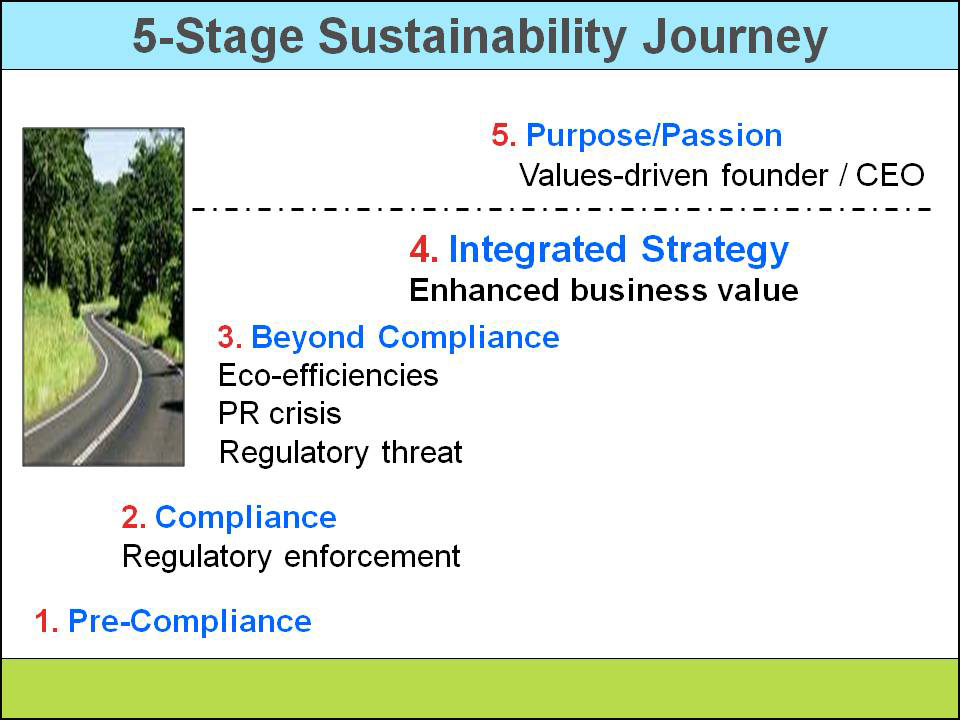As the halfway point of my MBA rapidly approaches, I have
been very reflective of how influential this experience has already been. Yes,
there are the usual suspects: I know my way across a balance sheet and can
understand how it relates to an income statement. I know how to apply tools and
read information that have in the past just been part of the “noise” in life. I
can read a business article or hear a report on NPR and truly understand the
finer points of the conversation. These are all immensely valuable and why I
thought I should get my MBA.
So it got me asking, when I started this journey, what did I
expect from an MBA? I realized that I did not know. I just knew it was something
I needed! (side note, now that we are analyzing risk, I realize that maybe committing
to an MBA program without more concrete expectations was a pretty big risk! I
wonder how Bert would calculate that!)
In a quest to retrospectively unpack my expectations for an
MBA, I stumbled upon a very interesting article in Forbes: The 10 Most Under-Rated Reasons Why You Should Get an MBA. The
article was exactly what I needed. As coursework unfolded over the first few
quarters, I was frustrated, struggling, still hanging on to a different set of
expectations carried over from a rigorous undergraduate program. I was
challenged by the lack of “material” in my MBA, and questioned if I was getting
enough out of it. Reading this list helped me to appreciate how much more there
was to this education, and how much I truly was gaining from the experience.
Here is the list, but the article is worth a read too.
1. The chance to stop and reflect
on some big business issues.
2. The chance to make some
lifelong friends who will accomplish great things over their careers in
business.
3. The chance to realize how
little you understand about the world.
4. The chance to learn about how
to get a bunch of high-strung, Type-A personalities to work together as a team.
5. The chance to think about the
global economy and not just your little world where you used to work.
6. The chance to interact with
Professors who will really challenge you.
7. The chance to go listen to as
many accomplished executives when they come to talk at your school.
8. The chance to refocus yourself.
9. The chance to learn about
managing people.
10. The chance to learn how to get
up and string a few sentences together.
But there is so much more.
BGI is a truly unique community, and the foundational
structure that this institution brings to the world of business is truly
striking. A classmate Emily wrote about it beautifully last week.
As work and life and school collide, the path to going back to school has
rocked each member of our cohort differently, but many of us have found solace
in the fact that we are not in it alone. We are supported by an amazing network
of people trying to make the world a better place through business.
The value of my MBA has come out in obvious and not so
obvious places in daily life. I find myself surrounded with opportunity to take
academic lessons and apply them directly work or personal life, but have also
found a new sense of myself as I tackle decisions. My personal sense of responsibility
and commitment to values in my work has been endorsed by BGI. I feel that the
examples of real world thought leaders has legitimized my personal drive for
doing things the right way, and gives me confidence, and now a language, to
stand up for my beliefs. When I talk to clients or discuss business or sustainability
or the future with friends, I feel confident in defending my perspective.
Now that is a bonus that I never expected from an MBA.

